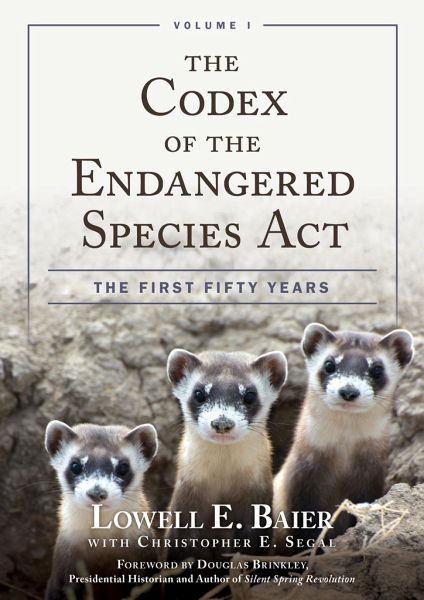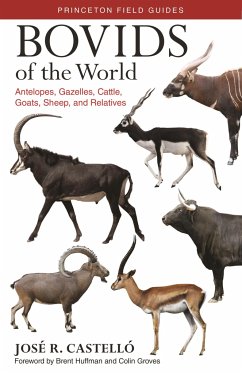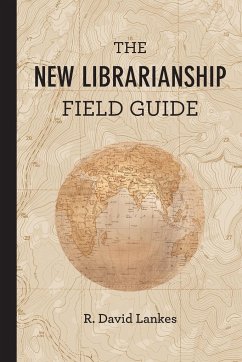
Codex of the Endangered Species Act
The First Fifty Years
Versandkostenfrei!
Versandfertig in 1-2 Wochen
90,99 €
inkl. MwSt.
Weitere Ausgaben:

PAYBACK Punkte
45 °P sammeln!
A comprehensive history that covers all aspects of Americaâ s most important and controversial environmental law. It describes the history of extinction, the creation of ESA, subsequent legislative, judicial, and political events, and contemporary challenges and opportunities for wildlife conservation.













